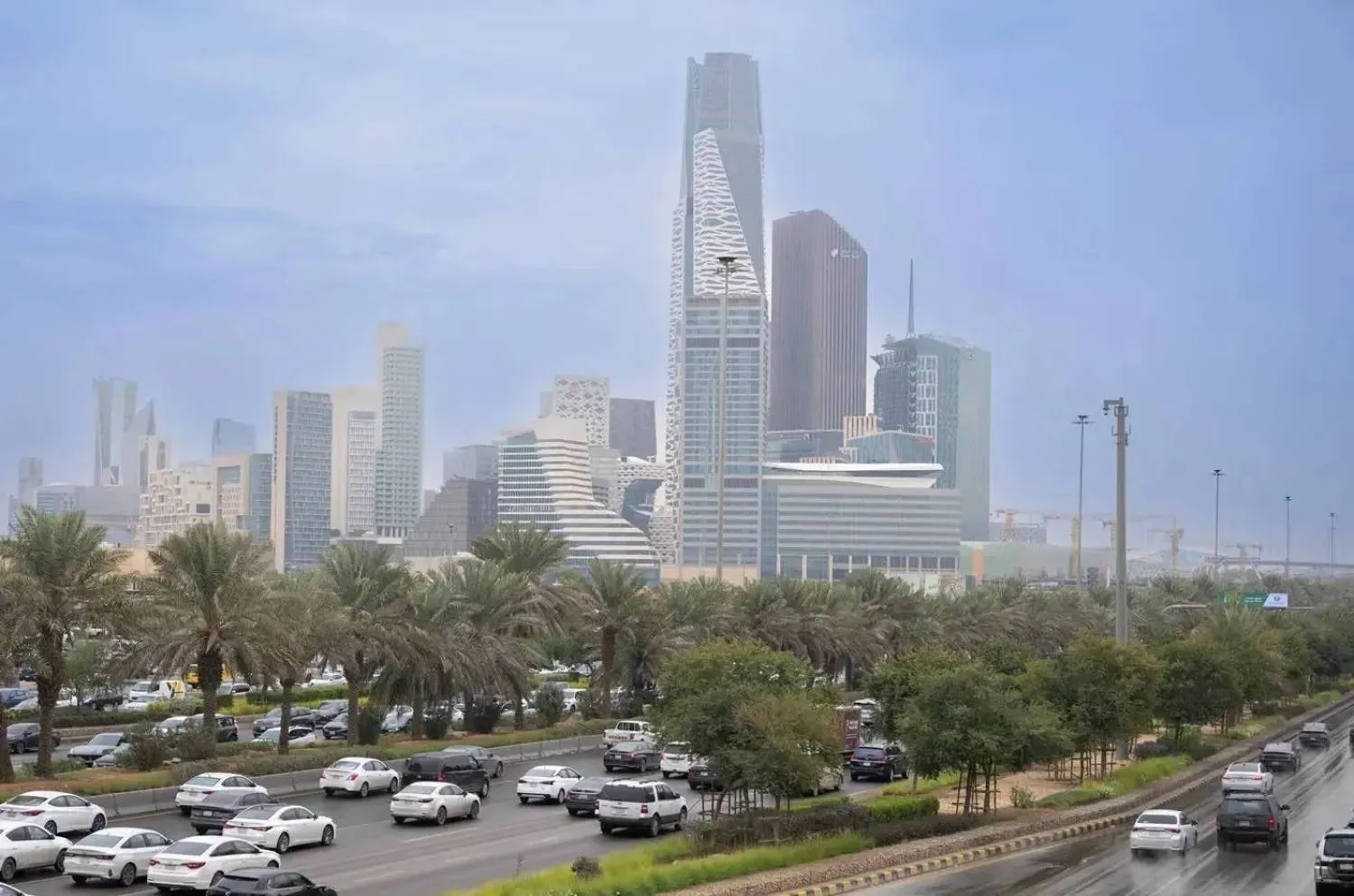Egypt’s Ministry of Petroleum announced the launch of an intensive drilling campaign in the Gulf of Gharib fields, located in the Eastern Desert, as part of its strategy to boost domestic oil production and reduce reliance on imports.
According to a statement on Saturday, the General Petroleum Company (GPC), a state-owned enterprise, has begun operating the first of three modern rigs—each with a capacity of 1,000 horsepower. The rigs are expected to significantly enhance drilling efficiency and reduce operational costs.
The ministry stated that GPC aims to drill 75 new oil wells over the next 12 months, with the goal of adding 7,500 barrels per day (bpd) to current output and raising total production from the Gharib fields to 9,000 bpd.
Mohamed Abdel Meguid, Chairman of GPC, noted in a report to the Ministry of Petroleum and the Egyptian General Petroleum Corporation that the new rigs offer faster drilling speeds, high operational efficiency, and greater mobility between sites. This, he said, would enable the company to implement its drilling plans at lower costs and higher efficiency.
The drilling campaign aligns with the ministry’s broader strategy to maximize the value of national resources, support state-owned companies, and enhance energy security through increased local production.
Separately, the ministry also announced three new oil and gas discoveries in the Western Desert, achieved by Khalda Petroleum Company in partnership with Apache. The discoveries are expected to yield approximately 12 million barrels of oil equivalent, with 4 million barrels recoverable.
Initial tests showed daily production rates of 2,750 barrels of oil and condensates, along with 20 million cubic feet of natural gas. The volume of associated gas is currently under evaluation.
These results reflect the positive impact of recent pricing reforms that incentivize gas development. Without these adjustments, the ministry said, gas production from Khalda could have declined to 380 million cubic feet per day. Instead, output is expected to rise to 500 million cubic feet.
In addition, Minister of Petroleum Karim Badawi met with senior executives from BP to discuss ongoing investments and recent discoveries in the Mediterranean. The two sides pledged to accelerate development of the North King Mariut and Fayoum-5 discoveries and expand cooperation under their long-standing partnership.
Badawi stressed Egypt’s commitment to fostering a supportive investment climate in oil and gas, while also expanding renewable energy to enhance energy security and economic growth.









